Breast milk provides the ideal nutrition for infants and is considered the “gold standard” for a baby’s digestive system.
It contains all the nutrients in the correct amounts to ensure baby grows optimally. For the first six months, breastmilk is sufficient to provide all that baby needs in terms of nutrition and fluid.
A health boost
Breast milk also contains antibodies that help babies fight off bacteria and viruses. This protection is unique and changes to meet your baby’s needs.
Research suggests that breastfed babies have lower risks of:
- Asthma
- Childhood leukaemia
- Ear infections
- Eczema (atopic dermatitis)
- Diarrhoea and vomiting
- Lower respiratory infections
- Necrotizing enterocolitis, a disease that affects the gastrointestinal tract in preterm infants
- Sudden infant death syndrome (SIDS)
- Type 2 diabetes
Breastfed babies also tend to have fewer overall infections and hospitalisations than formula-fed infants, allowing parents to save on money from prescriptions and over-the-counter medicines.
Additional benefits to breastfeeding
Breastfed babies tend to gain the correct amount of weight as they grow and are less likely to become overweight children.
Breastfeeding also relates to higher IQ scores in later childhood, while research shows that very early skin-to-skin contact and suckling may have physical and emotional benefits. Better bonding between mother and baby may also lead to reduced behaviour problems in younger children.
Mom also enjoys health benefits
Breastfeeding releases the hormone oxytocin, which helps your uterus return to its pre-pregnancy size and may reduce uterine bleeding after birth.
One of the most amazing lifelong benefits of breastfeeding for moms is lowered risk of certain kinds of cancer. A study published in the International Journal of Cancer found a 10% reduction in ovarian cancer risk for every 12 months of breastfeeding, and multiple studies have found a link between nursing and lowered rates of breast cancer.
It also reduces the risk of high blood pressure, diabetes and cardiovascular disease in moms. Based on research presented by the American College of Cardiology in February 2018, it was found that women with normal blood pressure during pregnancy and who breastfed their babies for at least six months following birth had better markers of cardiovascular health years later compared to women who never breastfed. That is because they had higher levels of “good” HDL cholesterol, along with lower triglycerides and healthier carotid artery thickness.
Many mothers also feel fulfilment and joy from the physical and emotional bond they experience with their child while nursing. These feelings are regulated by the release of hormones, such as:
- Prolactin: Produces a peaceful, nurturing sensation that allows you to relax and focus on your child.
- Oxytocin: Promotes a strong sense of love and attachment between the two of you.
Furthermore, exclusive breastfeeding delays the return of the mother’s menstrual period, which can help extend the time between pregnancies.
(Note: Exclusive breastfeeding can provide a natural form of contraception if the mother’s menses have not returned, the baby is breastfeeding day and night, and the baby is less than six months old.)
Balancing weight-loss with baby’s needs
Breastfeeding burns an extra 400-500 calories/day, so it may help mom to lose the pregnancy weight. However, some mom’s feel hungrier while nursing than they did when pregnant. Your diet affects your weight loss, which likely explains why studies on breastfeeding and weight loss tend to see mixed results.
One study on over 2,000 U.S. women found that exclusively breastfeeding for at least three months resulted in a roughly 1,36kg (3lbs) greater weight loss by their baby’s first birthday than women who breastfed less or not at all.
It also seems that a healthy, balanced diet and active lifestyle while breastfeeding is important while nursing. When it comes to nutrition, breastfeeding is not the time to cut calories and try and drop kilograms by eating less. It is important to remember you are nursing an infant to give him or her all of the vital nutrients needed to grow, so eat enough and eat well to produce enough milk.
If you are trying to lose some pregnancy weight make sure to eat whole, nutrient-dense, healthy foods and avoid empty foods (foods high in sugar and fat without giving vitamins and minerals).
Practical added benefits
Breastfeeding is convenient and always available where you are. Breast milk is always at the right temperature for baby.
Breastfeeding is beneficial for the environment as there is no formula tins and bottles to disperse of.
It saves time and money as no bottles need to be made and no formula needs to be bought.
What to consider before exercising
Moms that choose to breastfeed due to all the benefits breastfeeding offers may also want to return to the exercise regimen they followed before the baby was born or start out with a new exercise program.
But is this safe and what should mom know when exercising while breastfeeding? Moderate exercise improves a mother’s health and has a positive effect on her emotional well-being. Some of the benefits include:
- A higher level of cardiovascular fitness.
- Improved blood lipid profiles and insulin response.
- A feeling of well-being from improved energy and reduced stress levels.
- Increase fitness level without impairing immune function.
- Enhanced maternal-infant relationship.
- Alleviation of depression symptoms in those with major depressive disorders.
Breast milk supply and nutrient content after exercise
Research has shown that moderate exercise does not affect milk supply or the nutritional composition, taste or flavour of breast milk. It also does not affect your baby’s weight gain.
Exercising to exhaustion may have a short-term effect on lactic acid and IgA content of a mother’s milk, but this change is not likely to be an issue with your infant.
In one study the results suggest that women consuming adequate amounts of LC-PUFA (Long Chain Poly Unsaturated Fatty Acids) can exercise moderately without decreasing the LC-PUFAs, such as DHA, AA and EPA in their breast milk.
Lactic acid in breastmilk after exercise
Lactic acid is found naturally in the blood and muscles and is a by-product of normal metabolism. During high intensity (anaerobic) exercise, oxygen intake is decreased and CO2 is increased resulting in an excess of lactic acid.
The high concentration of lactic acid eventually dissipates to normal levels after intense exercise is stopped and the lactic acid is recycled back during the normal metabolic process.
Studies show that there is only an increase in lactic acid in breastmilk after an ‘intense’ (anaerobic) workout, also described as exhaustive exercise. This increase may be present up to 90 minutes post-exercise. There are no known harmful effects on the baby.
When mothers engaged in moderate (aerobic) exercise that was 50% or 75% of maximum exertion (which is a more typical level of exercise for most people) there was not a significant or noticeable increase in lactic acid concentration in their breast milk. Research has not shown a noticeable increase in lactic acid build-up after moderate exercise (50% & 75% intensity).
Immunologic factors in breast milk after exercise
A couple of small studies have shown that there is no difference in immunologic factors after moderate exercise, but that IgA levels are decreased short-term after exhaustive (high intensity) exercise.
Most breastfeeding mothers do not exercise to exhaustion, but for those that do and breastfeed soon after, a decrease in IgA levels in one feeding per day is unlikely to be significant.
A study in 1997 found that IgA levels in breastmilk were decreased for a short time (10-30 minutes) after mom had exercised strenuously (“exhaustive exercise”), but that levels had returned to normal within an hour. They also observed that IgA levels increased after the breast had been emptied, whether or not mom had been exercising strenuously.
A more recent study in 2003 looked at immunologic factors (IgA, lactoferrin, lysozyme) in breastmilk after moderate exercise, and found no difference in the milk of exercising and non-exercising mothers.
Baby’s acceptance of breast milk after exercise
Most studies have found no difference in acceptance of the breast, even after maximum intensity exercise.
A recent study showed no change in infants’ acceptability of mom’s milk an hour after exercise, even for the moms who exercised at maximum intensity (and thus did have a slight increase in lactic acid in their milk).
If baby seems to not want the breast after strenuous exercise, keep in mind that it might have nothing to do with the exercise – baby might be distracted or objecting to the salty taste of sweat on mom’s breast, as an example.
If this happens consistently, mom could try wiping the sweat of the breast or showering before nursing; expressing a little milk (3-5 ml from each breast) before nursing baby; postponing feeding for a half hour to let the lactic acid levels subside, and/or decreasing workout intensity a bit in the future.
If you regularly perform exercises involving repetitive arm movement, like lifting weights, and you develop blocked (plugged) ducts, cut back and start again more slowly.
Additional factors to consider when exercising and breastfeeding:
- Start slowly with low-impact exercises and build-up from there.
- Try breastfeeding or pump out breast milk before exercising for your own comfort.
- Consider getting a supportive, high-impact bra. Don’t forget to take off your bra as soon as you’re done exercising.
- Avoid losing weight rapidly.
- Consume at least 1,800 calories (7500 kJ) per day and choose healthy, nutrient-dense foods.
- Keep hydrated.
Supplement your (and baby’s) health
To ensure you get all the essential vitamins, minerals and long-chain omega-3 fatty acids while breastfeeding, a supplement formulated specifically to be taken during breastfeeding may be taken.
Including supplemental omega-3s during breastfeeding can be beneficial because human milk is the only milk with naturally occurring DHA. Increased intake of DHA by the mom supports higher DHA breast milk levels
The WHO (World Health Organisation) recommends 300mg EPA and DHA for lactating women, of which at least 200mg should be DHA per day.
You can meet this need with three servings of fish per week, such as herring, canned light tuna, or salmon. To minimise exposure to mercury, mothers should avoid predatory fish such as shark, swordfish, king mackerel, or tilefish. In addition, supplementation with fish oil has become a trusted source for a safe and pure way to obtain EPA and DHA.

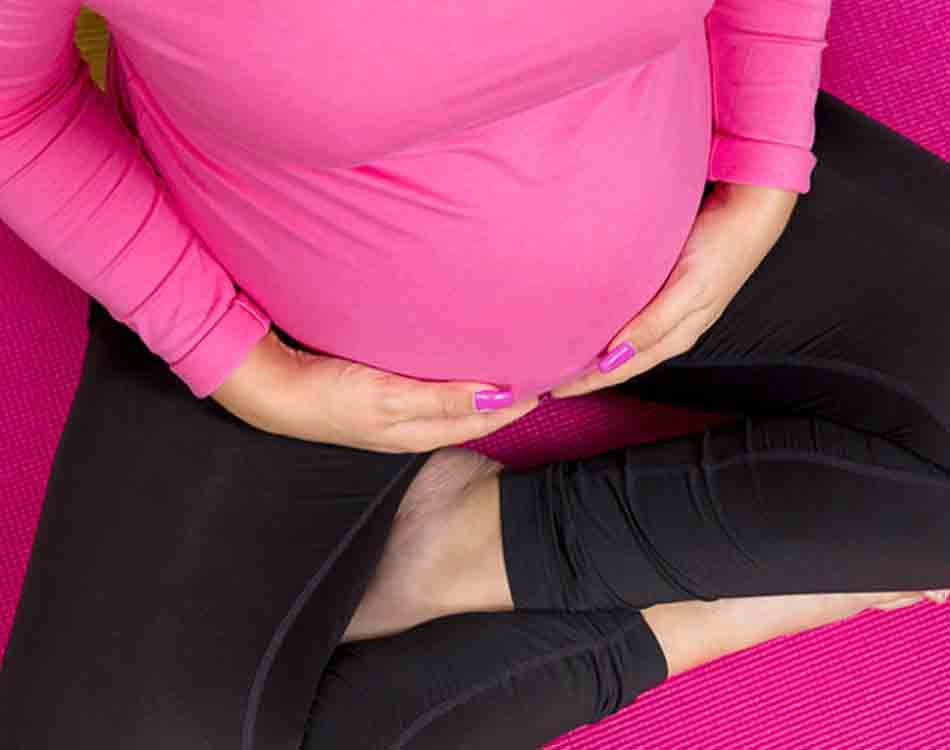

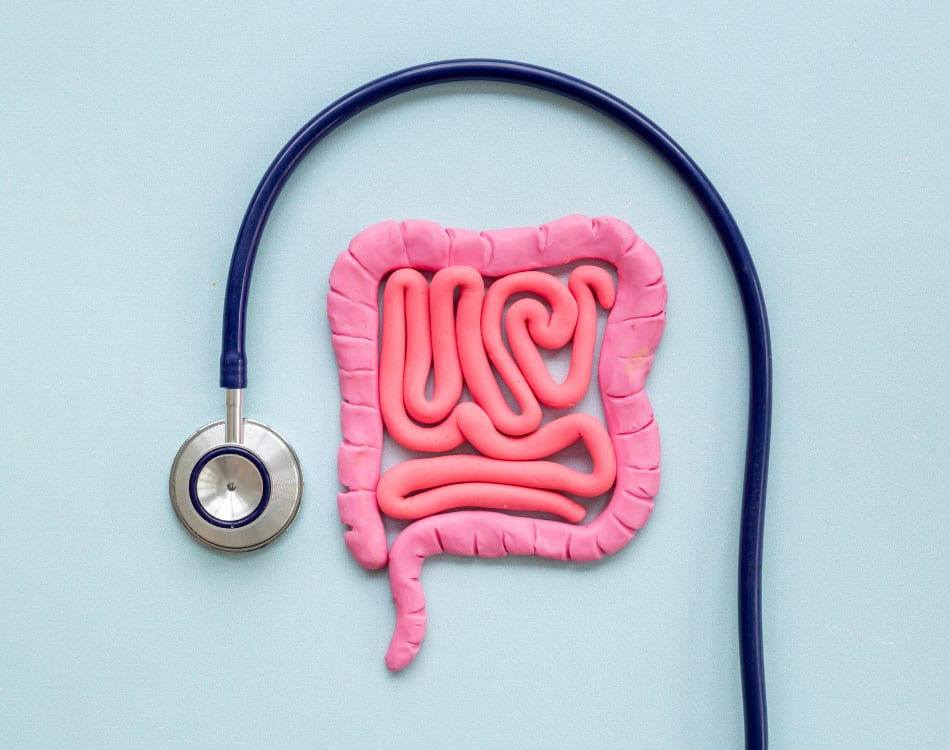

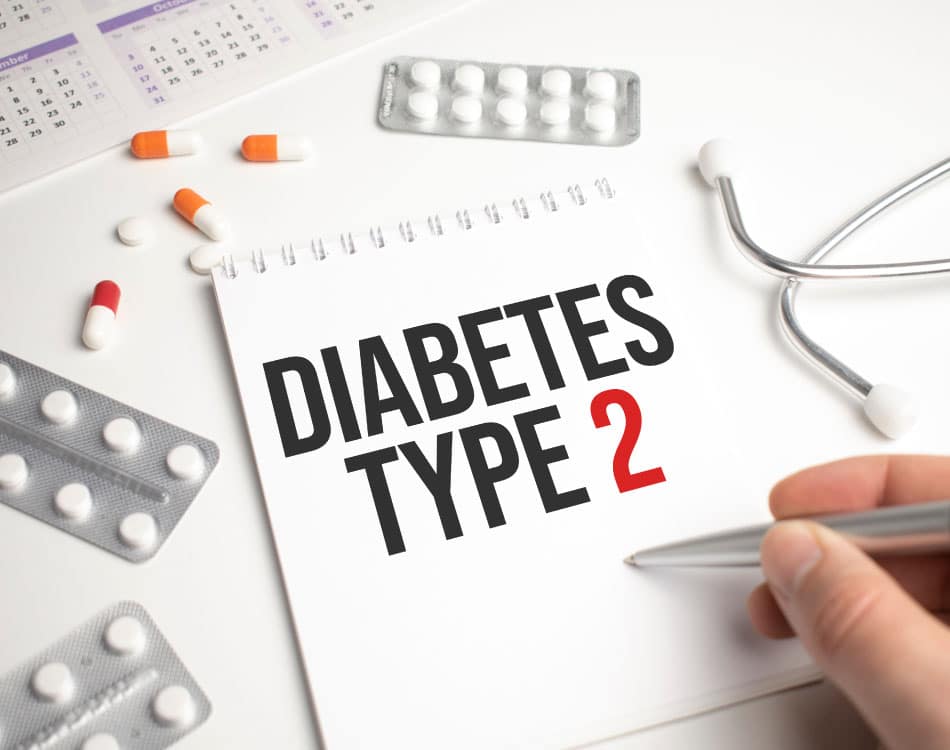
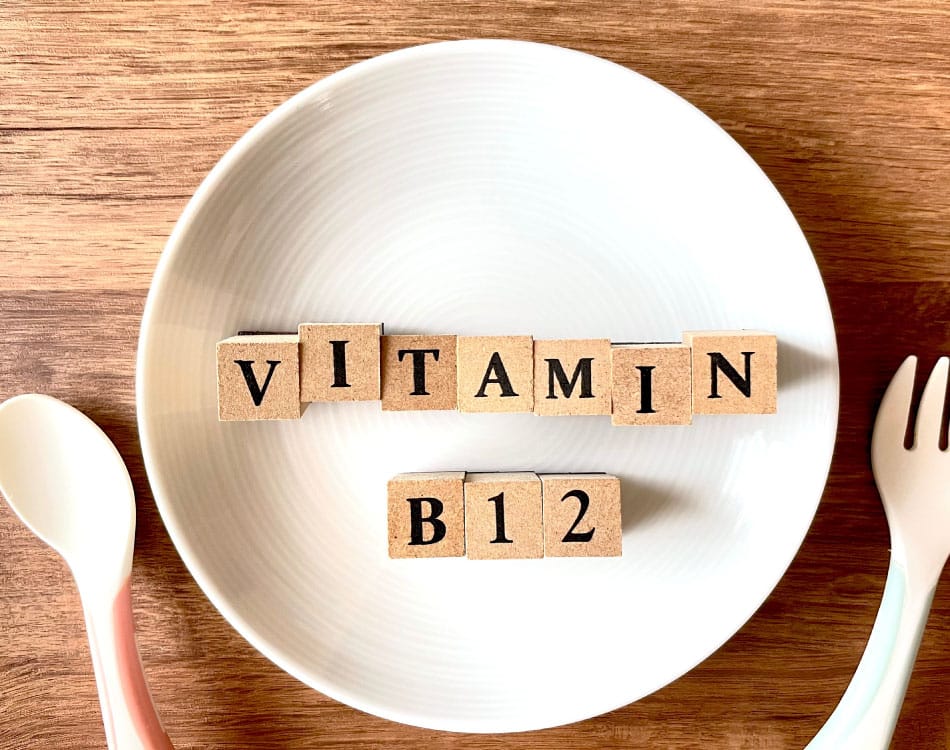






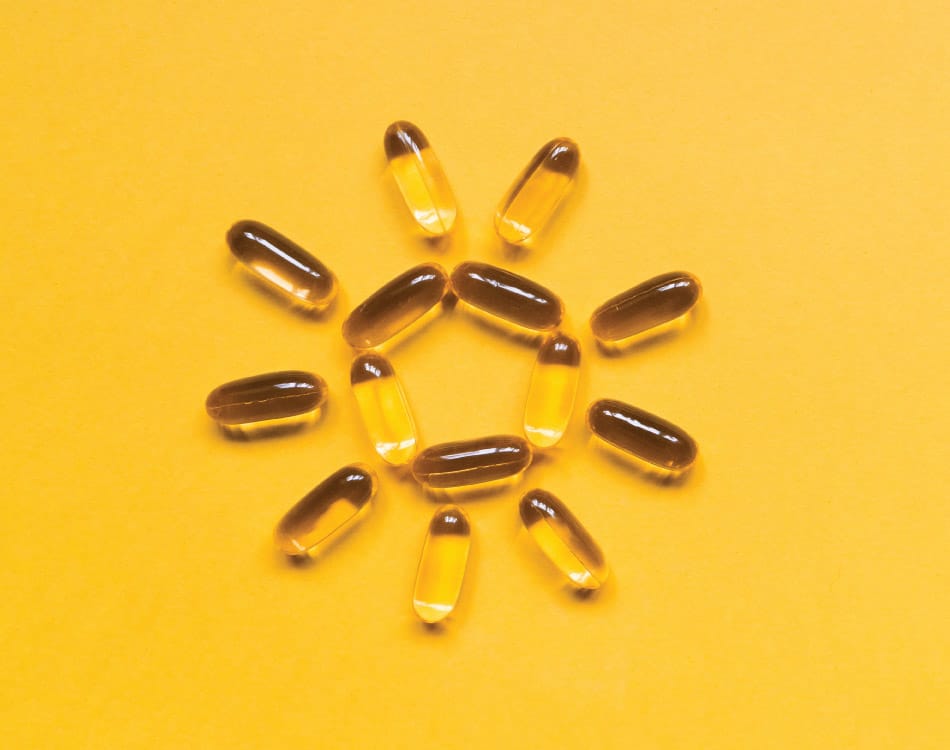




Leave A Comment